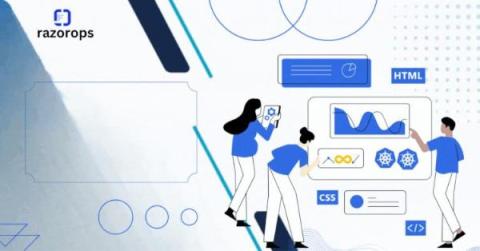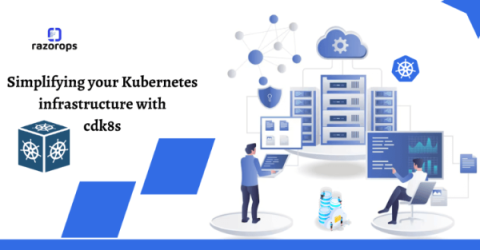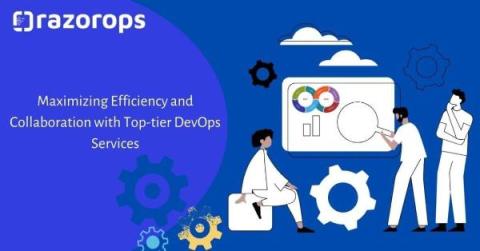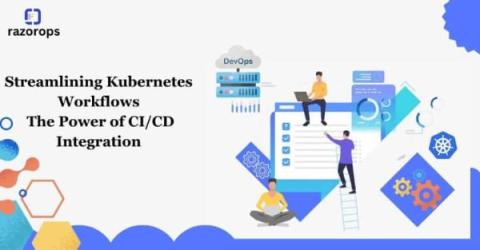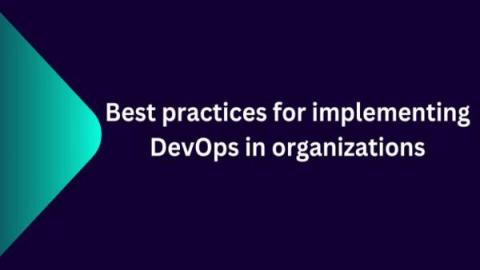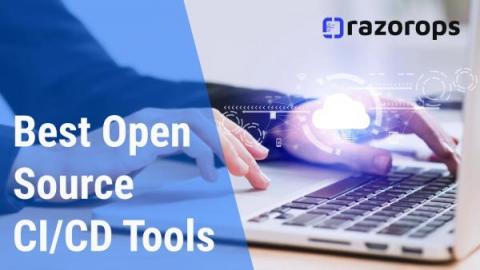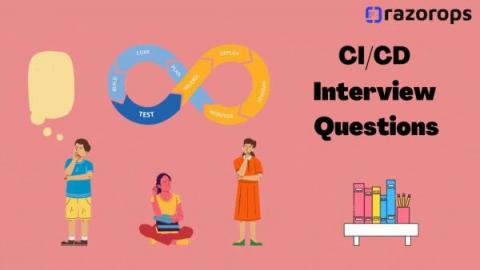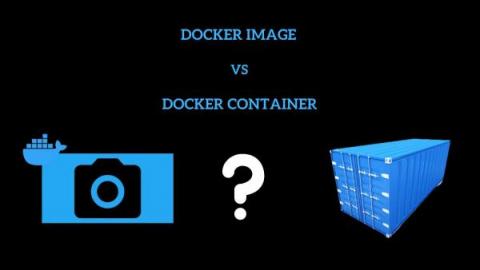Unlocking Kubernetes Deployment Excellence with CI CD Automation
Software development, agility and efficiency are paramount. Continuous Integration and Continuous Deployment (CI/CD) practices have revolutionised the way we build, test, and deploy software. When coupled with the power of Kubernetes, an open-source container orchestration platform, organisations can achieve a level of deployment excellence that was once only a dream.


